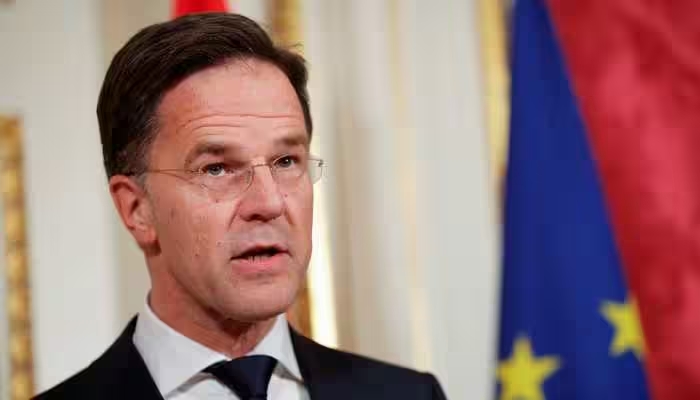Prakriti Deb, Pune
“Once the new cabinet takes over after the elections, I will leave politics,” said Dutch PM Mark Rutte. He mentioned, “This is a personal decision and is independent of developments over the last few weeks”. The announcement came after his coalition government collapsed on 7th July.
Having served as the Dutch PM for nearly 13 years, Rutte is currently heading a caretaker administration until fresh elections can be held in November.
Why did the Dutch government collapse?
According to Rutte, the recent political unrest is due to a “clash of values” within the coalition government. Here is what happened:
- Rutte and his conservative People’s Party for Freedom and Democracy (VVD) party led a coalition government in the Netherlands for the past one and a half years, but the four constituting parties have been on different pages about the migration issue for some time.
- The VVD had been trying to restrict the influx of asylum seekers, leading to a row in 2022 over overcrowded migration centers. However, their proposals faced opposition from their junior coalition partners.
- Rutte insisted on support for a proposal aimed at restricting the influx of children from war-torn refugee families currently residing in the Netherlands. Additionally, he advocated for implementing a waiting period of two years before these families could be reunited.
- Two of the coalition parties, namely D66 and the Christian Union, found the proposal to be unacceptable, resulting in a further intensification of the disagreements within the government.
- This ultimately led the government to collapse.
The current state of immigration:
Even though the Netherlands already maintains one of the most rigorous immigration systems in Europe, it experienced a significant rise of one-third in asylum requests in 2022 which surpassed 46,000. The government anticipates that the number of applications could surpass 70,000 this year, topping the previous peak witnessed in 2015.
